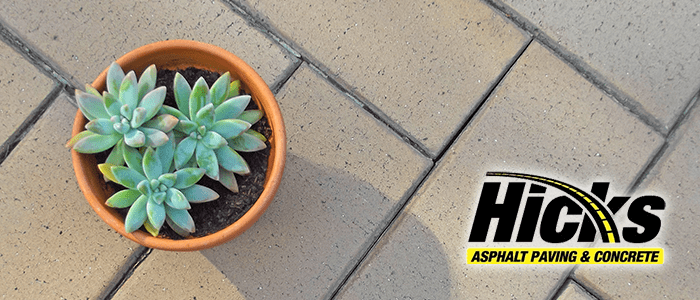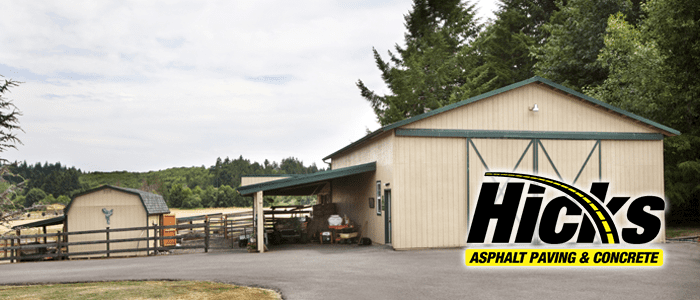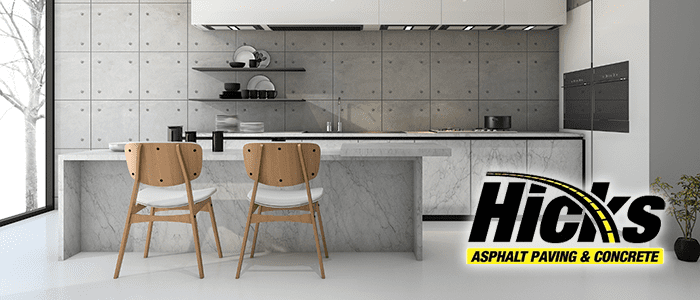If you’re looking to update the look of your house or just the front curb appeal, a stamped driveway or walkway is the perfect way to do it. The modern varieties are almost perfect to duplicate the materials they aim to resemble. While stamped concrete can mimic other materials well, it still has the durability of concrete. Stamped concrete is simply concrete that has a color, pattern, and/or texture added to it to make it look like another material, such as brick, stone, or tile. Past versions of stamped concrete just featured simple patterns that are pressed into the concrete when it is wet.
Styles of Stamped Concrete
The stamping process uses rubber stamps or texturizing mats to imprint a pattern into wet cement. There are also ways to apply it over existing concrete is your slab just needs an update or makeover, and is in good condition. These stamps are often designed from molds of the real material to get the appropriate texture and look. They can make your concrete resemble brick, cobblestone, slate, wood planks, and much more. You’re even able to customize large emblems and other accents to your featured slab.
In addition, the stamps can be applied vertically as well as horizontally, which makes them very good for much more than flooring. You could give an outdoor concrete fireplace a surround, natural stone treatment. You could also make it look like a brick wall.
How to Create Stamped Concrete
The process of creating stamped concrete is pretty much straightforward. The following is what is generally involved:
- Pour the cement no less than four inches thick
- Add the color, if you want it colored. The color is either added into the mixer or after the cement is placed. The former method is called “integral coloring”, and the latter method is called “broadcast or surface coloring”. Broadcast coloring usually involves evenly spreading color across the surface of the wet cement.
- Apply the color release agent. The color release is an accent color that gives the stamped concrete dimension, and it has a nonstick effect that allows the texturizing mats to come off without pulling up the cement.
- Lay the texturizing mats. Because there are often not enough mats to cover the entire area, they must be applied and then moved to span the whole surface while the cement is still wet. If the pattern has continuous lines, it is important to carefully line up the mats as you reposition them.
- Let the cement dry for 24 hours.
- Pressure wash the release agent off.
- Add clear sealing, and let it dry. The concrete should be dry enough to walk on in 48 hours and to drive on in a week. It takes about a month to fully cure.
Pros and Cons
There are so many choices when it comes to flooring and the designs and looks. Is stamped concrete the right choice for you?
Its main benefit is durability and long life, and there are myriad ways to customize it. And if it’s treated with texture or another non-skid additive, it can be a safe, slip-resistant surface. Stamped concrete is also a design feature that will enhance your home value, yet it’s generally more affordable than brick or stone.
A downside to stamped concrete is you typically can’t DIY the project, as it takes a certain level of expertise. It’s also recommended to reseal concrete every two to five years to keep it looking its best. Moreover, if the concrete ever cracks, it can be difficult to repair and you might not be able to match the stamped pattern to the rest of the slab.





